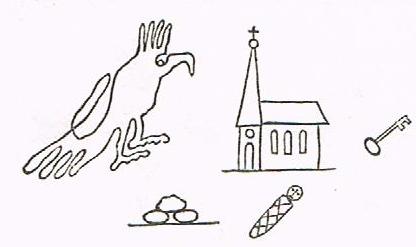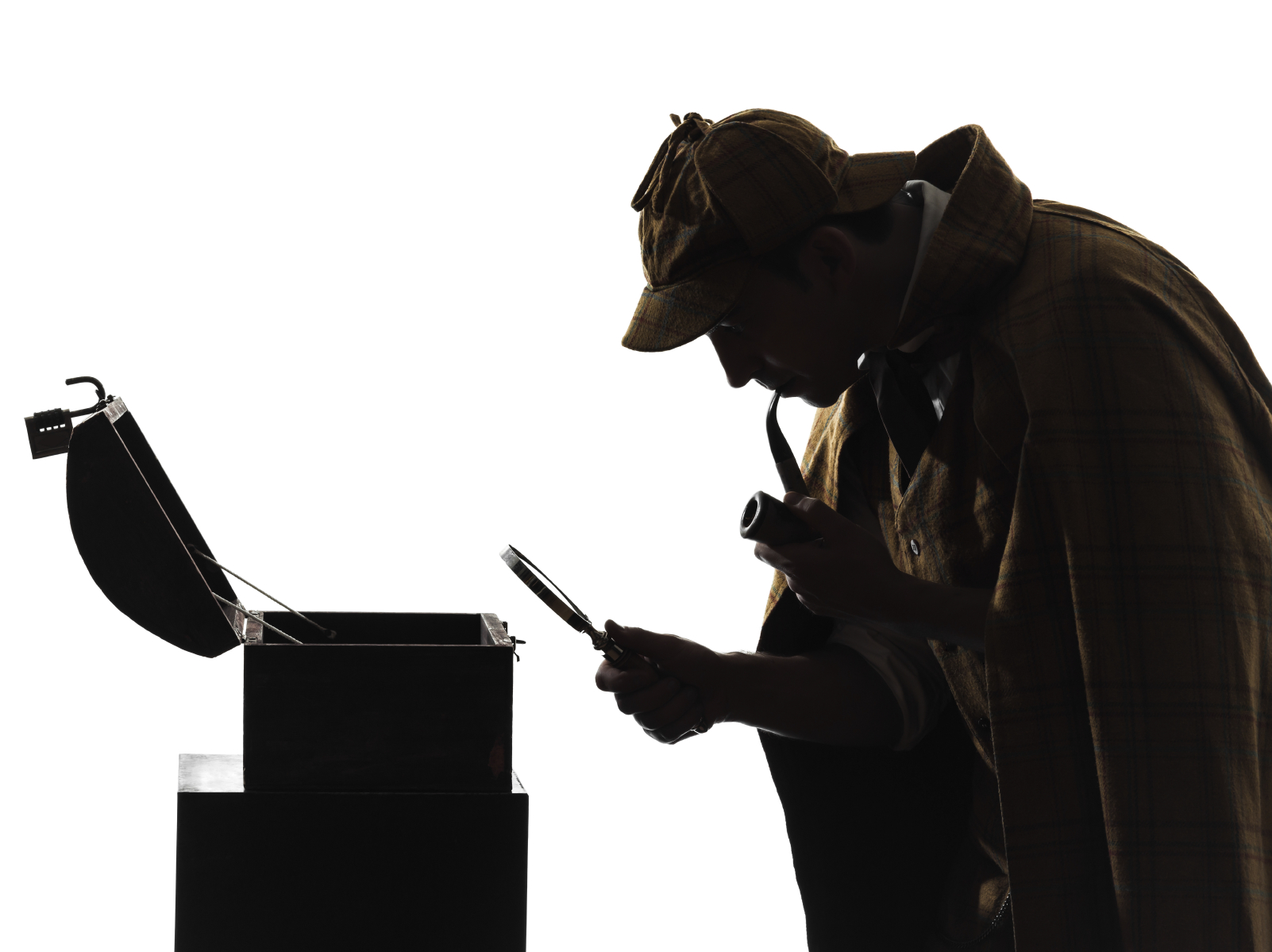A black shape emerges from the misty shadows of the night and slinks up to the door. A glint of light flashes from a knife. There’s a scratching sound as the man begins to whittle a symbol into the wood. You probably won’t be able to...
Sherlock Holmes had his magnifying glass. A modern detective will bring things like evidence tags, fingerprint kits, and latent bloodstain reagents. What did a 19th-century detective pack into his forensic kit to bring to a crime scene? Let’s ask...




Recent Comments